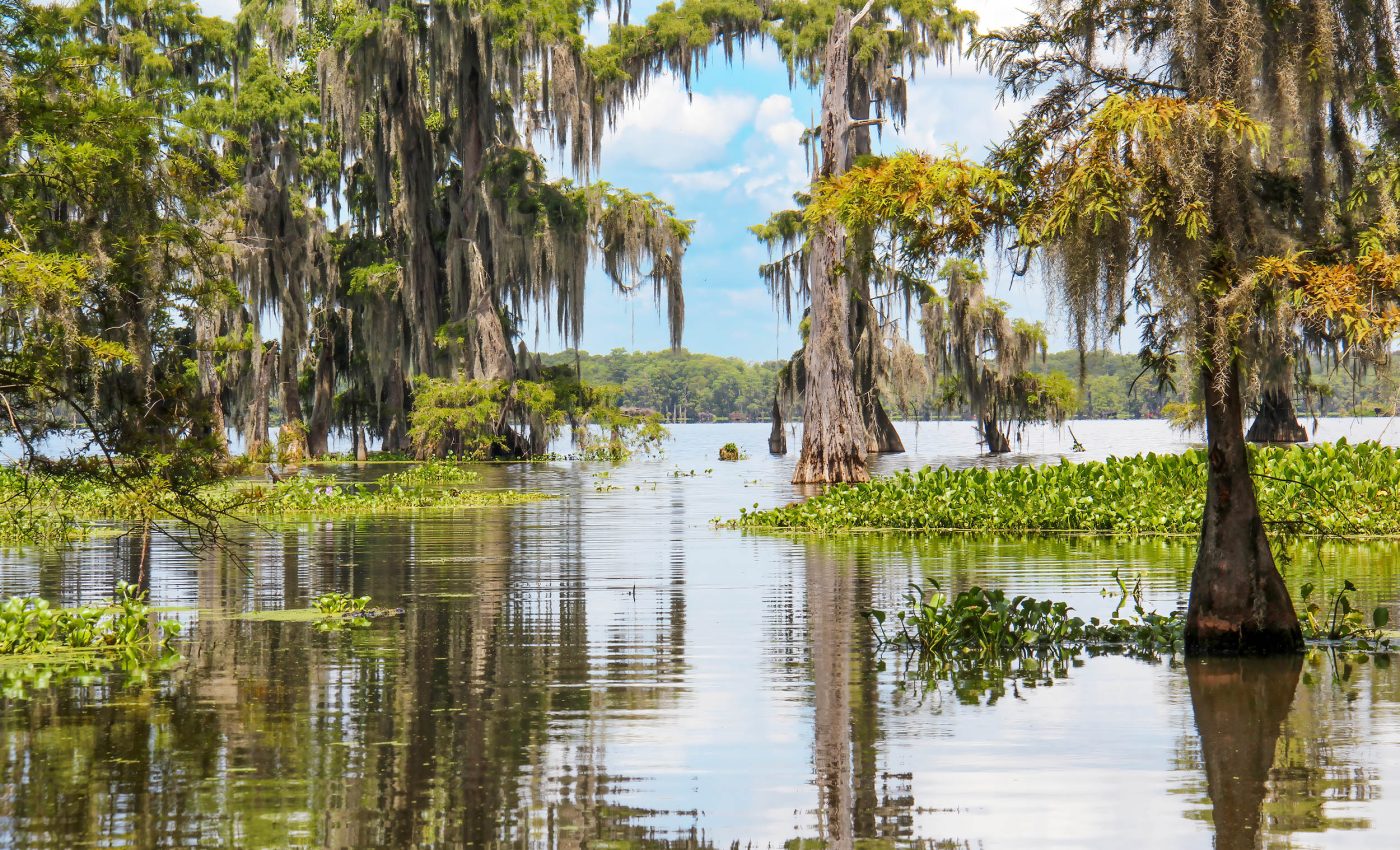
Scientists find that swamps hold something much more dangerous than alligators
Scientists working across Georgia and South Carolina report that mercury in some swamp alligators is far higher than expected. In one famous wetland, levels in wild gators were about eight times higher than at nearby coastal sites.
The team sampled blood and diet markers from 133 American alligators, then compared results across three locations. The pattern points to a larger contamination story that extends beyond a single species.
High mercury levels in alligators
The research was led by Kristen J. Zemaitis of the University of Georgia’s Odum School of Ecology. The study tracked 133 wild alligators from the Okefenokee Swamp, Jekyll Island, and the Yawkey Wildlife Center.
In alligators from the Okefenokee, the average mercury level in blood was 0.62 milligrams per kilogram, and overall levels were about eightfold higher than at the two coastal sites.
The experts reported that size and diet signals sometimes added to site differences, which helps explain why individuals in the same place can carry different burdens.
“Although a naturally occurring element, mercury (Hg) is a potent neurotoxin,” wrote Zemaitis. That’s a clear risk signal for a top predator that reflects what is moving through the food web.
Mercury builds up in food webs
In water and wet soils, bacteria convert mercury into methylmercury, an organic form that readily builds up in the living tissue of animals. This type of mercury moves most efficiently into food webs.
In addition, organisms do not get rid of methylmercury easily, and it accumulates over time. This process is called bioaccumulation, the gradual build-up of a chemical in a living body.
When predators eat prey that already contain mercury, the concentration increases again, meaning that species feeding higher on a food chain carry a heavier contaminant load. This process is called biomagnification.
The study also used stable isotope markers to trace diet. Nitrogen isotope values tended to rise along with mercury in some sites, which is consistent with a shift toward bigger or higher-level prey.
Why the Okefenokee matters
The Okefenokee is not just a scenic wetland. It sits at the headwaters of the Suwannee and St. Marys rivers.
That geography means contaminants do not stay put. Water flowing out of the swamp can transport mercury downstream into connected rivers and coastal waters.
Okefenokee water is dark and acidic, a classic blackwater system that is rich in natural organic matter. These conditions can favor the microbial processes that produce methylmercury from inorganic mercury.
Alligators, mercury, and humans
For people who fish or hunt, the findings add context to state guidelines that advise how often certain species from specific waters should be eaten. The guidance aims to reduce long-term exposure, especially for pregnant people and children.
Mercury is a neurotoxin, a substance that can damage the brain and nerves and, at high exposures, can also affect kidneys and the digestive tract.
The EPA notes particular concern for fetal and infant development, since even modest prenatal exposures can have lasting effects.
Wildlife face parallel risks. Fish, birds, and reptiles can show reduced growth, impaired reproduction, or changed behavior when mercury loads climb.
Older and larger alligators tended to carry more mercury than smaller ones at some sites. That fits with trophic level – the position in a food chain – where eating larger prey with higher mercury levels pushes body burdens upward.
The research team also measured hatchlings and found concerning values in some clutches.
Scientists have documented the transfer of mercury from mother alligators to eggs, which means exposure can begin before a hatchling ever feeds.
Diet shifts matter too. As young gators switch from insects and small fish to turtles, birds, and larger fish, the chance of higher intake rises along with prey size.
What scientists still need to learn
Mercury pollution is not uniform. Local chemistry, water flow, and food web structure can change how much methylmercury forms and where it accumulates.
Tracing sources remains key. Atmospheric deposition from far away, historical inputs, and local releases can all contribute, and those drivers rarely act alone.
Better mapping of hotspots would help managers target monitoring and public advice where it matters most. The Okefenokee results suggest a need for careful tracking in connected rivers where people regularly harvest fish.
Eat fish, but choose wisely and follow local advice. People who rely on self-caught fish can lower exposure by picking species and sizes known to have less mercury.
Hunters can contribute by reporting harvest locations and allowing samples when asked by biologists. Those small steps build the datasets needed to protect both people and wildlife.
The research also highlights the value of healthy wetlands. When water quality improves, mercury risks can fall, and those gains ripple through food webs.
The study is published in the journal Environmental Toxicology and Chemistry.
—–
Like what you read? Subscribe to our newsletter for engaging articles, exclusive content, and the latest updates.
Check us out on EarthSnap, a free app brought to you by Eric Ralls and Earth.com.
—–













